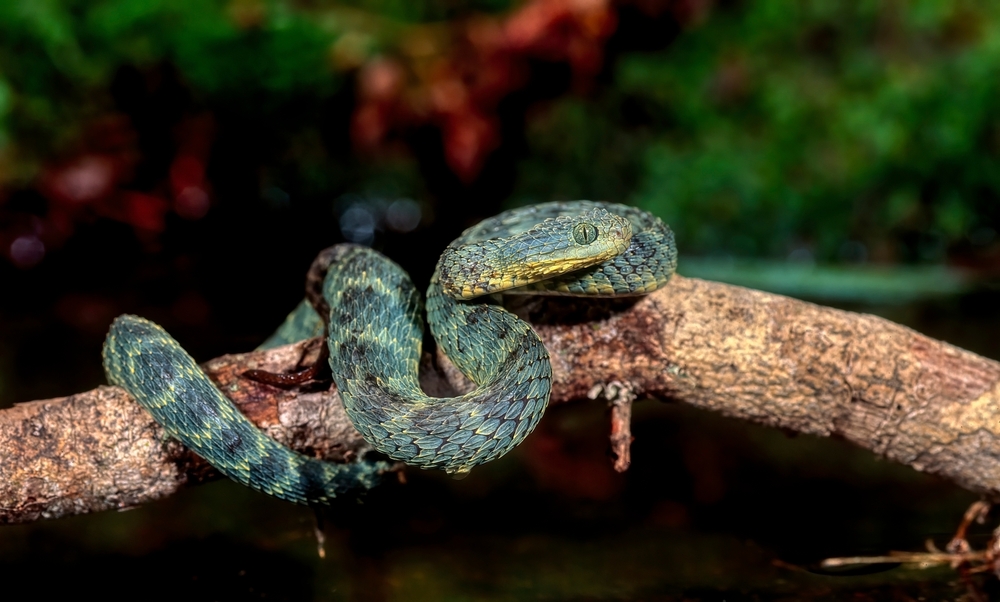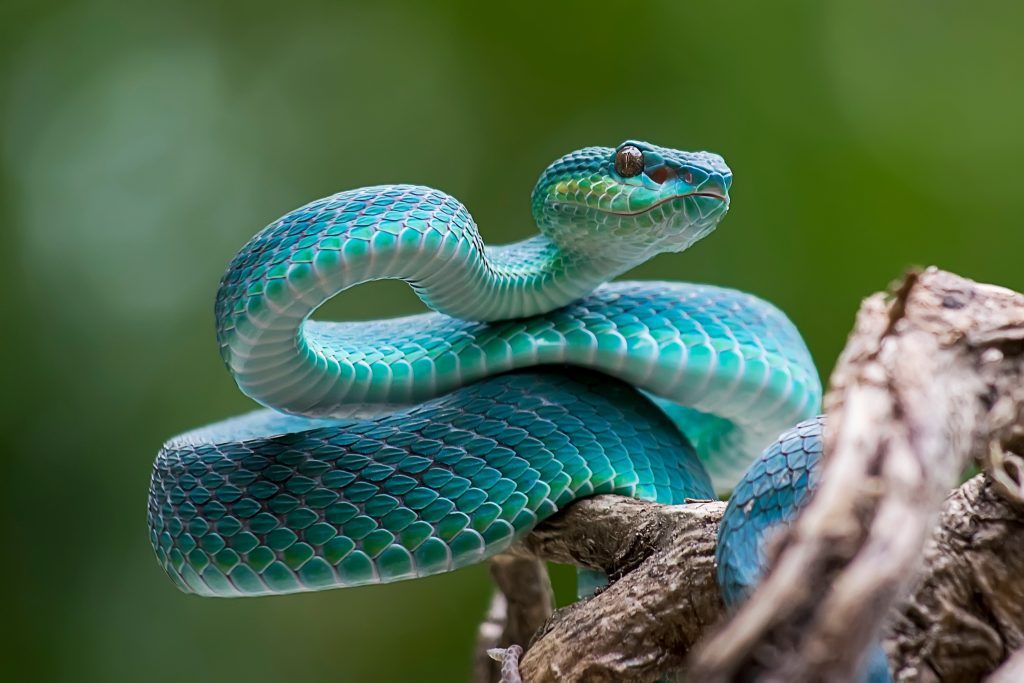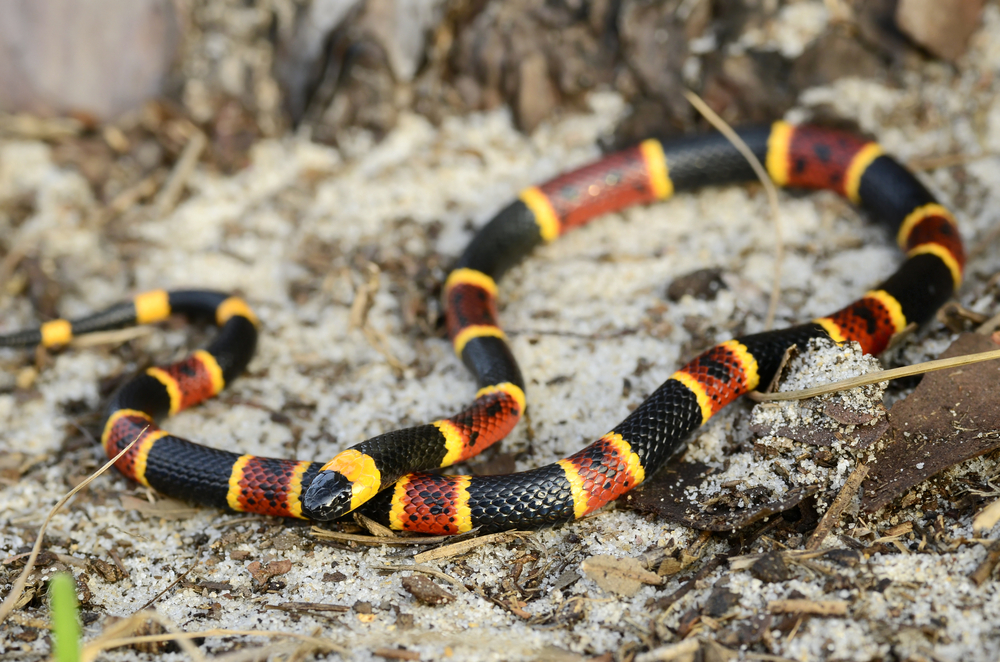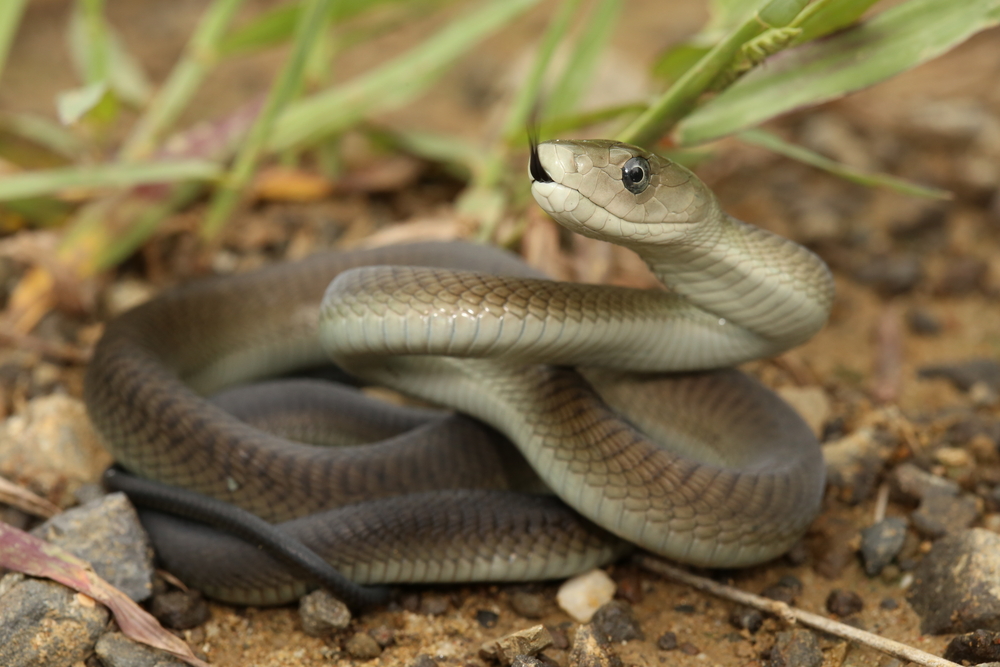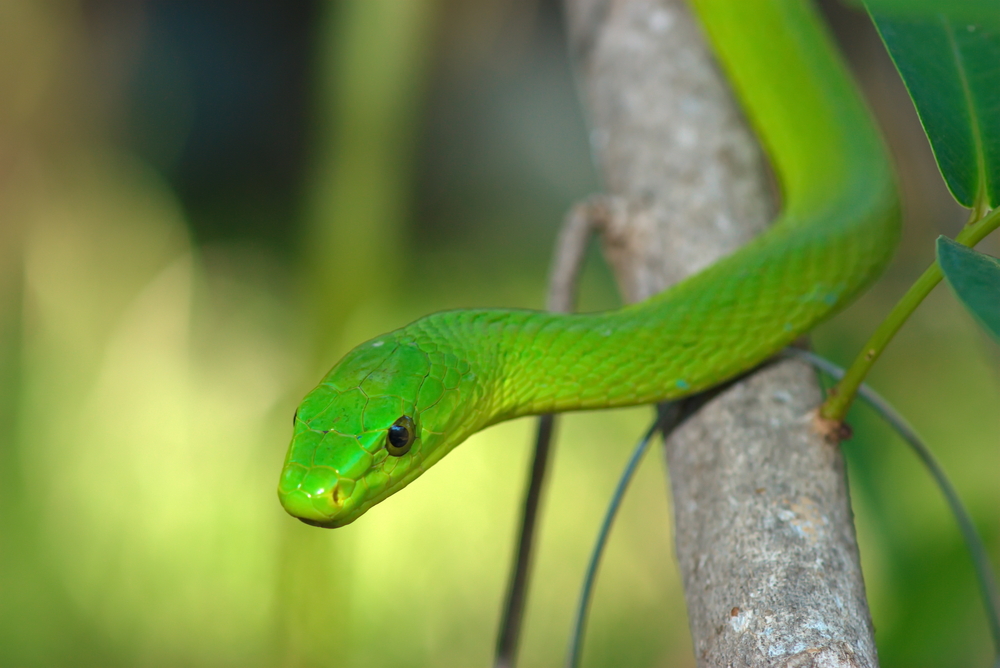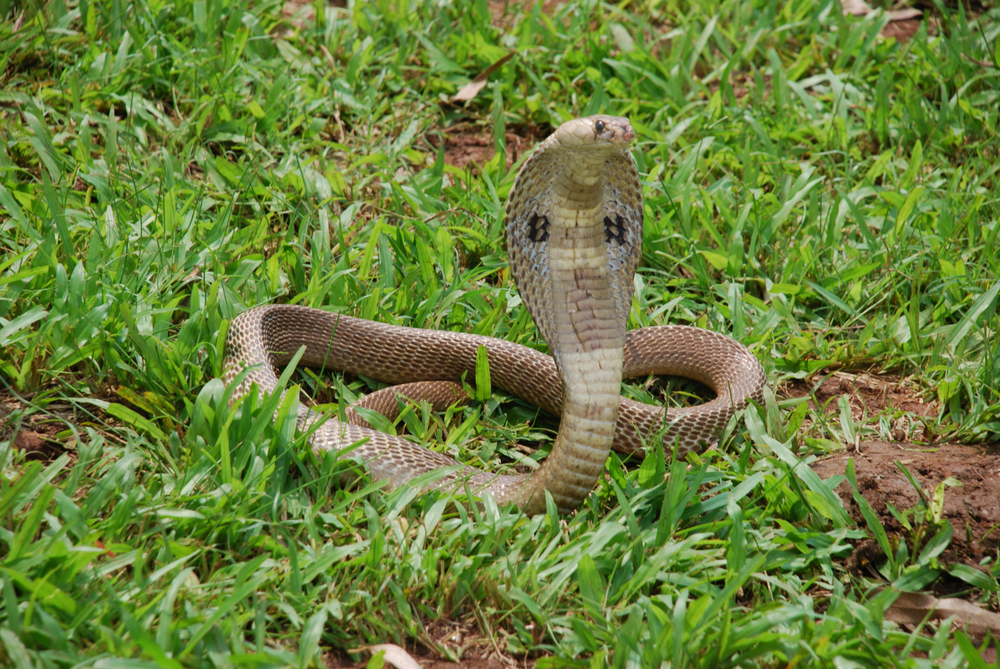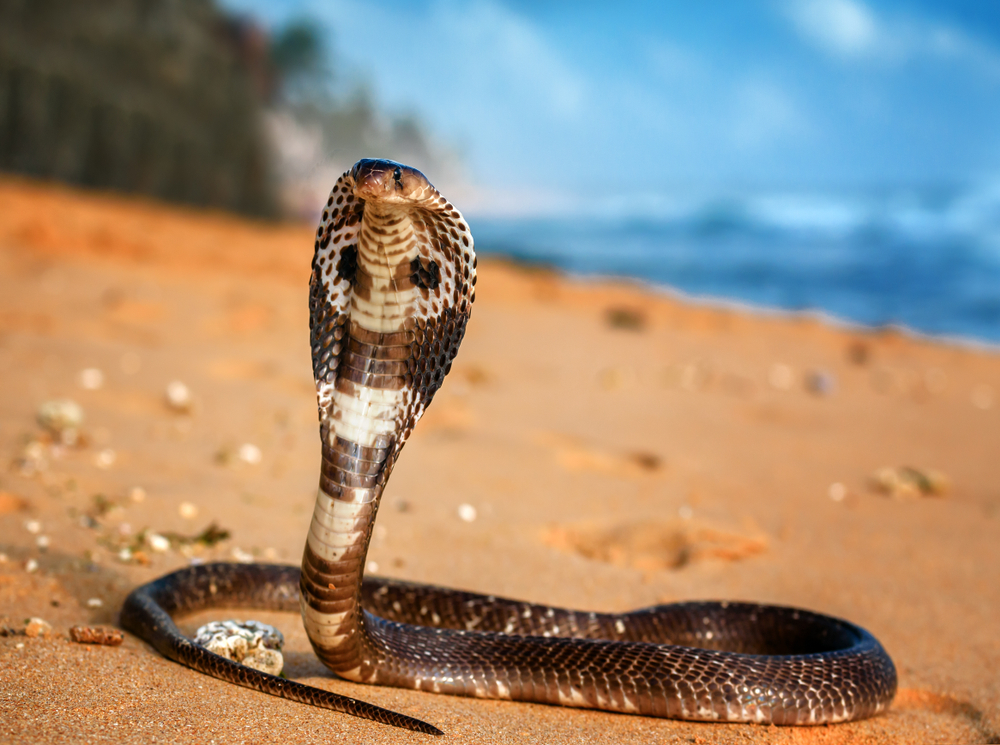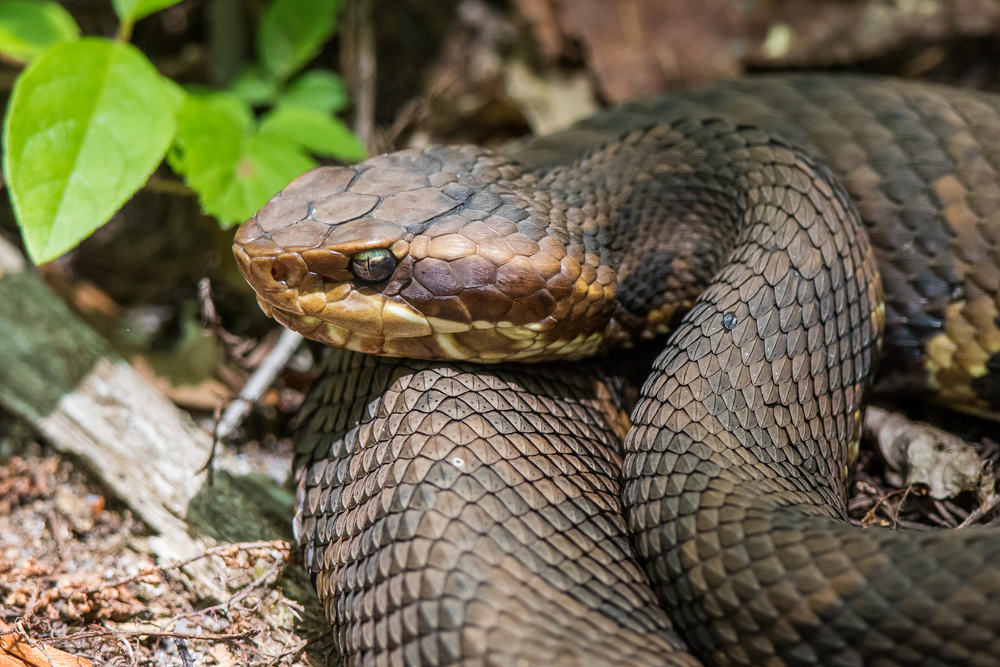Uniqueness
The Bush Viper is one of the most visually and behaviorally distinctive vipers in the world. Native to the rainforests of Central and West Africa, species within the Atheris genus combine vivid coloration, dragon-like texture, and arboreal adaptations that set them apart from other snakes.
Heavily Keeled “Dragon Scales”:
Bush vipers are instantly recognizable by their deeply keeled, overlapping scales, which create a spiky, textured appearance—earning them nicknames like “dragon snake” or “leaf viper.” This armor-like texture helps break up their outline in the foliage and aids in camouflage.
Brilliant Color Variability:
They exhibit extraordinary color diversity—from emerald green and yellow to orange, red, and even black. This variability can exist not only between species but also within the same population. The Variable Bush Viper (Atheris squamigera) is especially known for its unpredictable and stunning coloration.
Arboreal Ambush Specialist:
Bush vipers are among the few vipers that are arboreal, spending much of their time in trees and shrubs. Their prehensile tails allow them to coil securely on branches, while their stealth and camouflage make them expert ambush predators.
Venom Without Antivenom:
The hemotoxic venom of bush vipers causes intense pain, swelling, and tissue damage. There is no species-specific antivenom, making medical care difficult in remote areas. Fortunately, bites are rare due to their reclusive nature.
Isolated Forest Adaptation:
Many bush viper species live in isolated or fragmented rainforest patches, often at elevation or in biodiverse microhabitats. This has led to the evolution of several endemic and poorly studied species, each with its own coloration and behavior.
Rare and Mysterious:
Due to their secretive behavior, remote habitat, and venomous nature, bush vipers are rarely seen in the wild and remain enigmatic to researchers. Some species have been described only in recent decades, and new discoveries may still await in unexplored African forests.
The Bush Viper’s combination of striking visual beauty, specialized arboreal hunting, and biogeographic isolation make it a truly exceptional representative of Africa’s hidden reptile diversity.



































































